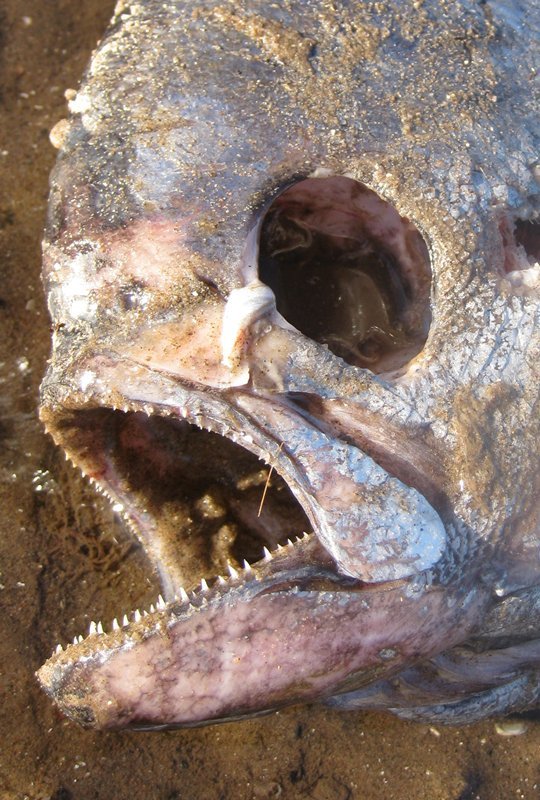A woman has contacted The Courier after finding several unusual looking fish on the beach at Monifieth.
She was so struck by the size and appearance of the fish that she photographed them, using a tennis ball to give a sense of scale.
“I regularly walk my dog along this stretch of beach and have not come across this fish before,” she said. “I have seen the odd flounder washed up but not this type of fish.”
With the help of a friend and a search online, she identified the piscine visitor as Ray’s bream.
“In the space of two months I have found three of these along the same stretch of beach, between the mouth of the Dighty River, walking along towards Monifieth caravan park,” she added.
Ray’s bream are usually found at depths of up to one kilometre. The fish, also known as Atlantic pomfret, can reach up to a metre in length.
Exactly a year ago, The Courier reported that a member of the public contacted Deep Sea World after finding similar fish at North Queensferry.
An expert there, Michael Morris, said, “They’re fascinating looking fish and have been compared in appearance to piranhas because of their rows of razor-sharp teeth. However, they pose no threat at all and are not a danger.
“They’re actually found from the Mediterranean up to Scandinavia although do not usually travel close to shore. Periodically they wash up in large numbers on our coastline.
“No one is entirely sure why but they do appear to migrate in small shoals in response to changes in sea temperature. It may be that they come inshore while following large shoals of smaller fish or other prey.”
